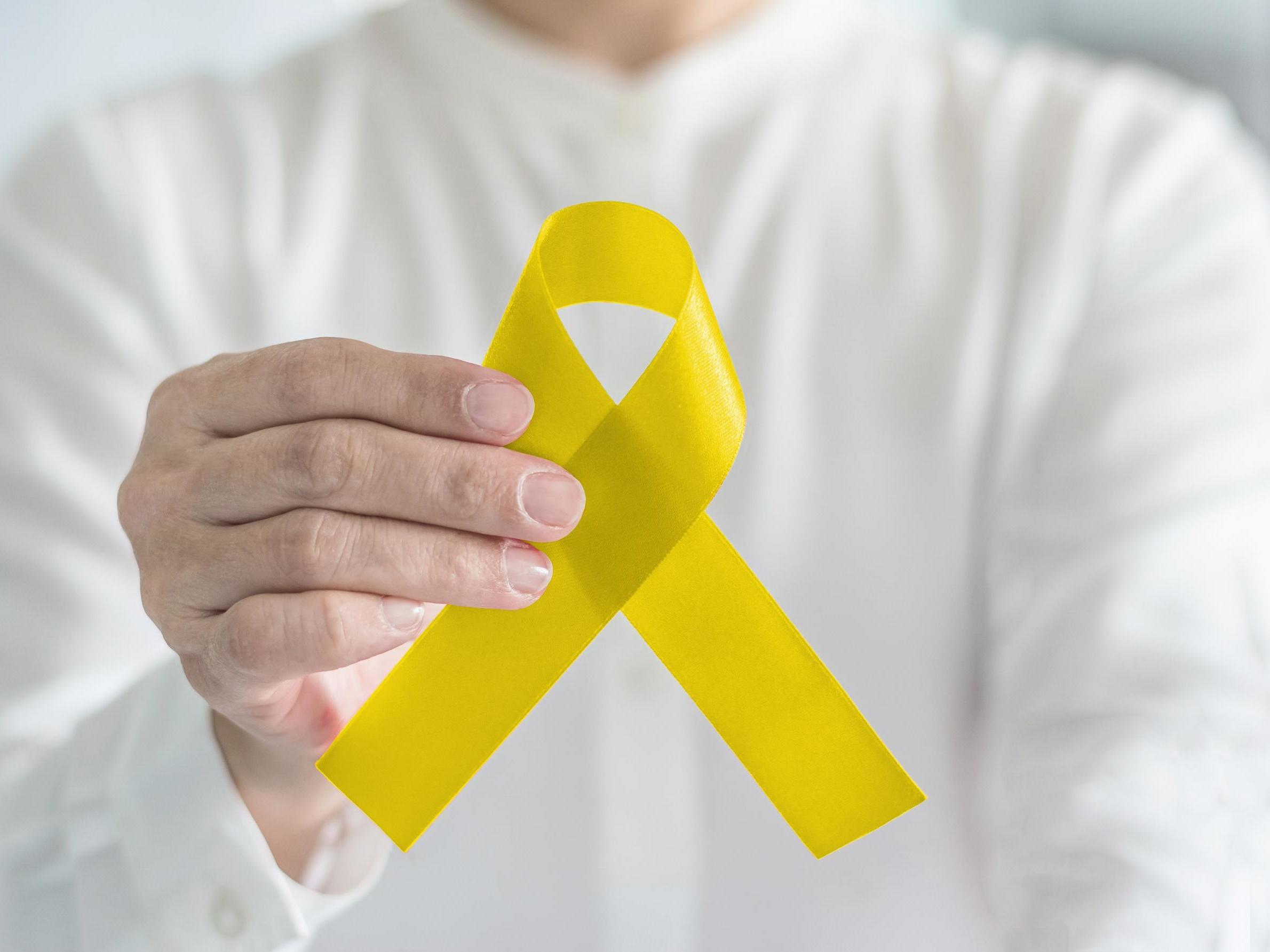Suicide among young women and girls is at the highest ever level – and Brexit is overshadowing the crisis
It’s time for a rethink. Too often, despite the clear gender differences, policy and discussion around mental health ignores the experiences and challenges specifically facing this group


With Brexit and the current political turmoil dominating the headlines, far too little attention has been paid to new figures showing that suicide has risen after a five-year downward trend.
The numbers released last week by the Office for National Statistics paint a worrying picture. Every life lost is a tragedy with devastating consequences.
Among the figures is the shocking increase in rates of suicide in young women and girls, which has risen by 83 per cent in six years. It is now at the highest level ever recorded.
Today, on World Suicide Prevention Day, we must pay this the attention it urgently needs. Suicide is not inevitable and it is critical politicians and services address the impact of gender and the experiences of girls and young women.
Last year in the UK, 188 young women and girls under 25 took their own lives. On average, that’s more than three every week. The total has risen by 29 from the previous year and 82 since 2012. This is unacceptable.
Men are still three times as likely to die by suicide than women – an alarming figure which we must not lose sight of. But we must also make sure that young women and girls are not forgotten.
The reasons for suicide are many and complex but these latest figures add to a powerful body of evidence of mental health crisis among young women and girls.
Young women and girls are more likely to experience a common mental health problem like anxiety or depression, and recent research shows that levels of self-harm has risen dramatically among them. Nearly a fifth of women aged 16 to 24 has self-harmed. One in seven has post-traumatic stress disorder (PTSD).
Recent years have seen welcome political, media and public attention paid to mental health. Yet too often, despite the clear gender differences and the particularly acute crisis facing girls, policy and discussion around mental health ignores the experiences and challenges facing girls and young women.
And the mounting evidence suggests this is a flawed response.
Where the conversation does consider the particular needs of young women and girls, it is often too simplistic. Body image and pressures at school are rightly cited as possible explanations for young women and girls’ deteriorating mental health, but they are not the full story.
We cannot improve the mental health of our girls unless we start to understand that gender is part of the story, with a need to tackle root causes such as violence, abuse, discrimination and poverty.
More than half of women with a mental health problem have experienced abuse and for a quarter of those women, that abuse started in childhood. Young women are most at risk of domestic abuse and more than half of teenagers have experienced some form of relationship abuse. We must challenge a culture that normalises violence and abuse against girls and young women.
And once problems occur, women and girls are regularly left to deal with them alone, with many reaching crisis point before they are able to get help. If they do get help, it isn’t always the help they need. Agenda, the alliance for women and girls at risk, has published research that has revealed that many mental health services are ill-equipped to support survivors of trauma, with the use of restraint still horrifyingly high, and girls more likely to be restrained face-down than boys in services. Use of restraint can be retraumatising. In addition, the report from the CQC last year highlighted that our hospitals can be unsafe places for women, with 1,120 “sexual safety incidents” over just three months.
It’s time for a rethink. We must address the social and cultural factors that leave girls so exposed to trauma – from poverty and sexism to violence and abuse – and invest in services that recognise the significance of trauma in girls and young women. Policymakers have a vital role to play in setting the tone and raising expectations.
Last year, we saw signs of progress with the Women’s Mental Health Taskforce in the Department of Health and Social Care, which highlighted the impact of gender. These are just the first steps in what continues too often to be a gender blind policy area, with tragic consequences.
Jemima Olchawski is chief executive of Agenda, the alliance for women and girls at risk, which works to ensure that women and girls facing abuse, poverty, poor mental health, addiction and homelessness get the support and protection they need.
If you are struggling to cope, please call Samaritans free on 116 123 (UK and ROI), email jo@samaritans.org or visit the Samaritans website to find details of the nearest branch
Join our commenting forum
Join thought-provoking conversations, follow other Independent readers and see their replies
Comments